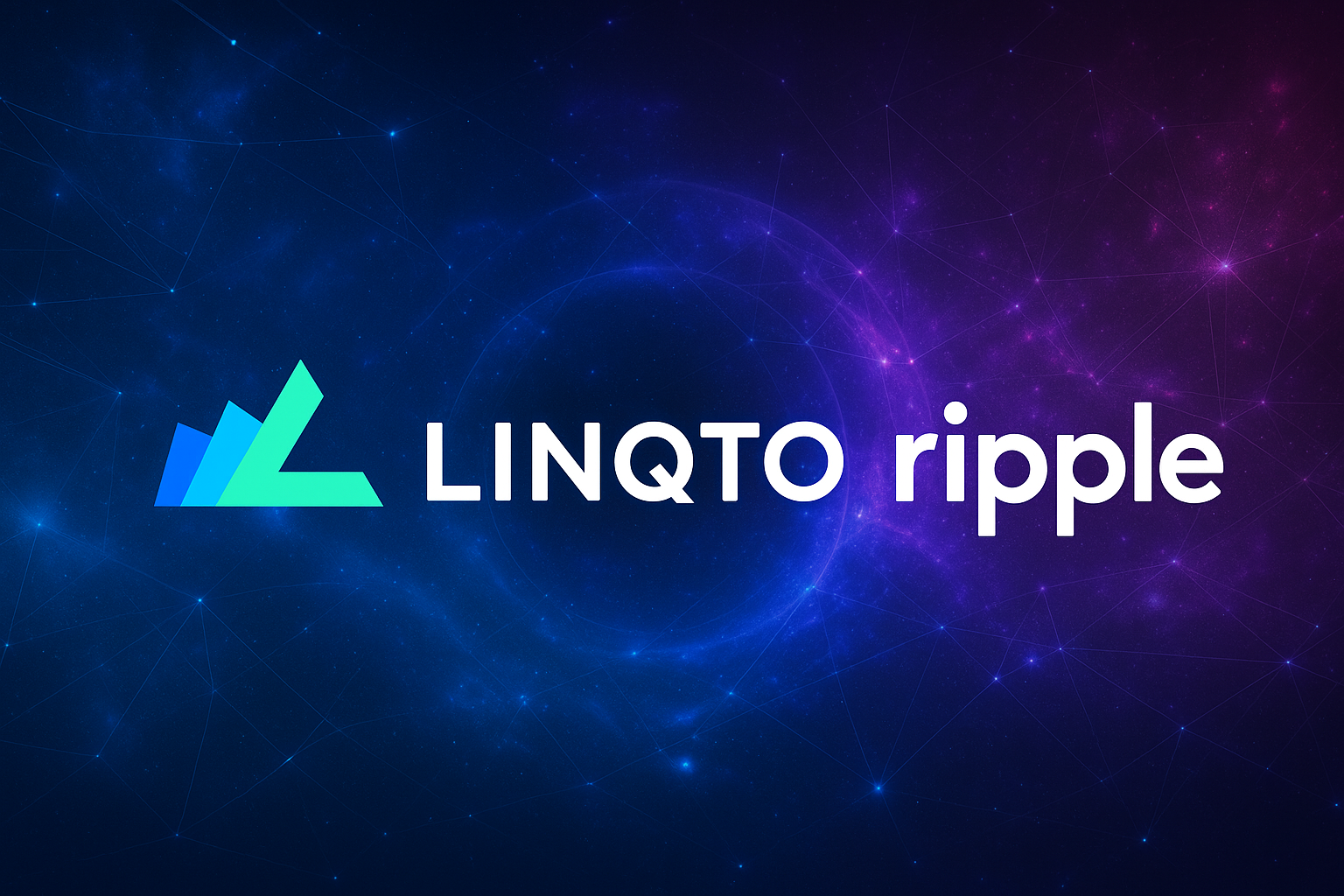Brad Garlinghouse addresses the DOJ investigation, clarifying that Ripple has no business ties with Linqto, despite the company holding 4.7 million Ripple shares.
Ripple CEO Brad Garlinghouse has publicly addressed concerns surrounding investment platform Linqto, which is now under investigation by the U.S. Department of Justice (DOJ). The Ripple CEO emphasized that Ripple has not engaged with Linqto in any recent capacity, a move aimed at distancing the company from further regulatory scrutiny after concluding its SEC battle.
Linqto’s Ripple Share Sales Spark Investor Confusion as Brad Garlinghouse Clears the Air
In a statement on X, Brad Garlinghouse clarified that although Linqto holds 4.7 million Ripple shares, the company has no direct business relationship with the platform. “Linqto acquired all shares through secondary market transactions, not from Ripple,” Garlinghouse emphasized. “We have never sold shares to them, nor have they participated in any of our fundraising rounds.
Linqto gained recognition for offering pre-IPO Ripple shares to retail investors, particularly non-accredited ones, through structures it claimed were compliant with relevant regulations. These offerings often sold out within hours, driven by high demand from individuals hoping to gain early exposure to Ripple ahead of a potential IPO.
However, Brad Garlinghouse has clarified that these transactions were made without Ripple’s involvement or oversight. In response to growing skepticism, Ripple halted approvals for additional Linqto share purchases via the secondary market in late 2024.
Regulatory Heat Mounts for Linqto Amid Bankruptcy Rumors
The Department of Justice’s probe into Linqto comes months after the firm’s former CRO, Gene Zawroty, filed a lawsuit accusing the company and its leadership of fraud, insider trading, and market manipulation. Now, Linqto faces a potential bankruptcy, with reports suggesting that over 13,000 users, many of whom are likely unqualified investors, have purchased SPVs (Special Purpose Vehicles) tied to Ripple shares.
Attorney John Deaton described the situation as chaotic, warning that around 5,000 Linqto investors might not meet regulatory accreditation standards. This has fueled speculation about the legality of the firm’s business model and its representation of Ripple-related equity offerings.
In his statement, Brad Garlinghouse was firm in distancing Ripple from the legal and financial challenges facing Linqto, reiterating that neither Ripple nor its executives were involved in Linqto’s operations, investment offerings, or share structuring.
Ripple CTO David Schwartz also chimed in, stating that investors do not hold Ripple shares directly but own stakes in entities that do. “You don’t own the shares,” Schwartz explained, “you own a portion of an SPV that holds the shares.”
As scrutiny intensifies around Linqto, Brad Garlinghouse’s remarks seek to reassure Ripple’s community and regulators that the company has had no hand in the troubled platform’s operations. With Ripple now focusing on expanding XRP use cases, distancing itself from Linqto is a clear effort to avoid fresh legal entanglements.
